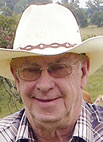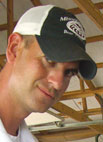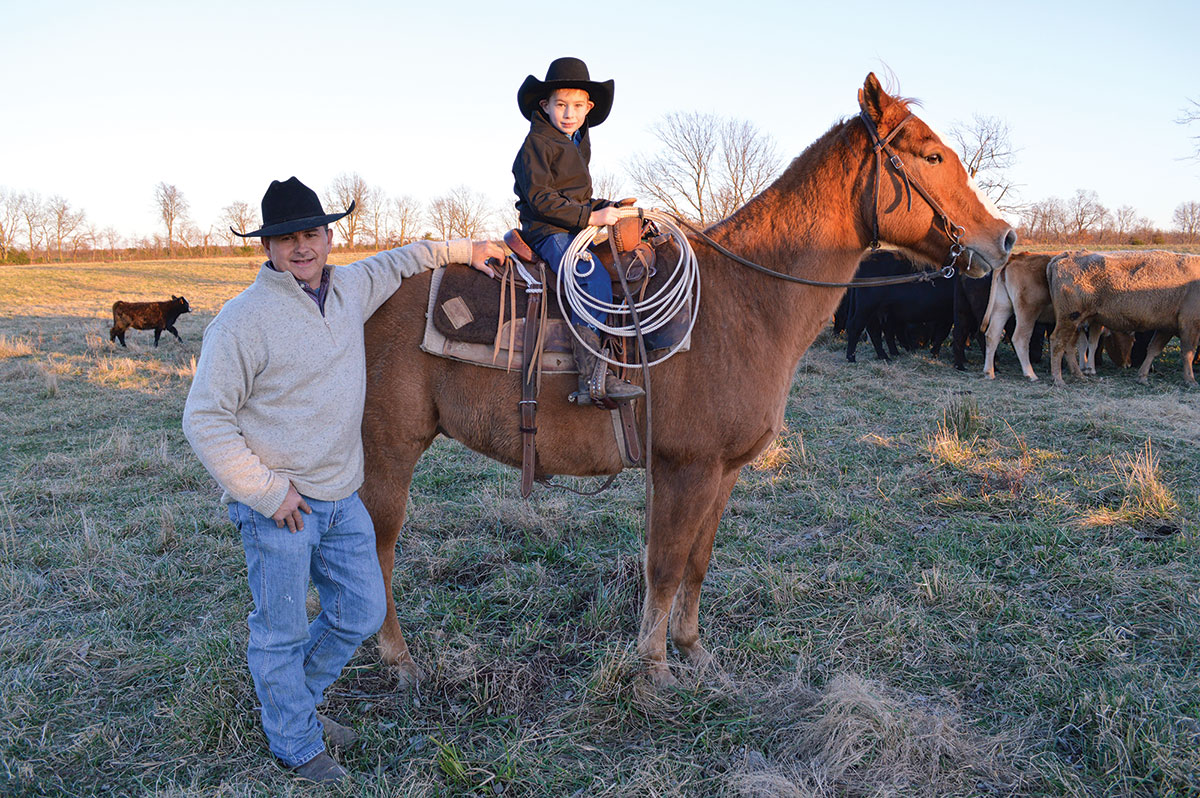
Robert “Bob” M. White, a fourth generation farmer, cattleman and owner of White’s Bar-W Ranch in Ozark, Mo., has a love of history that is almost as great as his love of farming. Owned by Bob’s family since the 1850s, White’s Bar-W Ranch has a long and well documented history – starting with the original land grant signed by Ulysses S. Grant hanging in Bob’s office. In 1931, Bob’s parents began a dairy operation, known as White’s Dairy, with Guernsey cows; White’s Dairy bottled, sold and delivered milk to Ozark. In 1966, Hereford cattle joined the Guernsey cows at White’s Bar-W and today Bob raises crossbred beef cow/calf pairs with a Hereford base. “They’re crossed with a little bit of everything,” he laughed.
Bob runs close to 220 cow/calf pairs. The cattle are a mix of Herefords crossed with Beefmasters, but Charolais blood and other strains can be found in Bob’s herd as well. Many of Bob’s cows throw calves with bald faces, and all have good ol’ hybrid vigor.
White’s Bar-W cattle are fed as natural of a diet as possible. Their main source of forage and nutrition is pasture – the fields consist of a fescue-grass and clover mix. During the winter, the bovine buffet consists of round bales – Bob grows, cuts, bales and stores all of his own hay. Minerals are available to the cattle all year round. Bob’s preferred choice of mineral brand is Nutrena – this mineral comes in a powdered form. Trace minerals are also provided to the crossbred cow/calf pairs in addition to the Nutrena mineral powder. Bob vaccinates his momma cows with a five-way for health and maintenance, and the calves receive a Blackleg vaccination and a dose of WeanVac. Bob’s herd is primarily a closed one, so not much else is needed. White’s Bar-W cattle are marketed through Springfield Livestock Marketing Center and Bob has good success with this marketing routine. “Calves usually sell good,” he said.
Bob has many fond memories and stories tied to his family’s historic farm; his father was born in one of the early farmhouses, for example, which Bob still lives in today. The large white barn in the farmyard was built during the dairying time period on White’s Bar-W, and Bob has since reroofed it with metal; he laughed about how many shingles he had to work around to do so. When Bob was a child, one of his fondest and most favorite farm and ranch experiences was “horses and Border Collies.” Bob adored his Border Collies – his father imported the dogs all the way from Scotland. The dogs would arrive at White’s Bar-W fully trained and ready to work, with a tape of their recorded commands accompanying them. In the future, Bob would like to have Border Collies again.
Bob encourages all farmers and ranchers, whether old hands or those new to the business to have “a relationship with the land.” This is more important than people realize. “Land is more than property,” said Bob. “The history has to be important to you.” He stressed the importance of your land having “meaning” to you, and likens the relationship between a farmer and his farm to the relationship between Native American Indians and the sacred lands they called home.
Bob’s most favorite thing about the cattle business is, hands down, the calves – it’s hard not to smile when you see them scampering across the lush, green pastures of the historic White’s Bar-W Ranch, a place where history is written into the land, and won’t be erased anytime soon.







